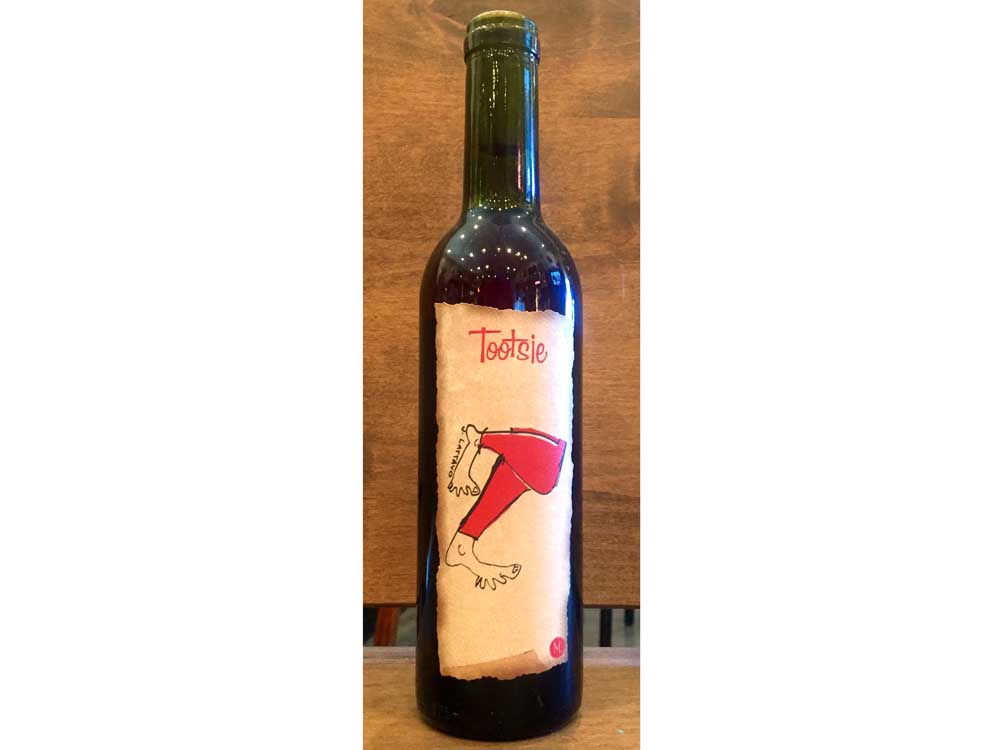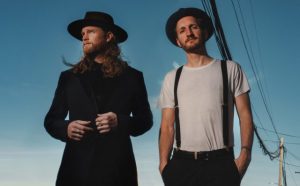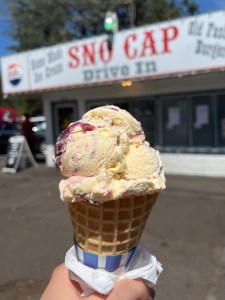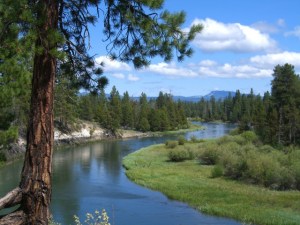Maragas to bottle its first “Blanco”
Published 12:00 am Thursday, August 25, 2016

- John Gottberg Anderson / For The BulletinTootsie, the first estate wine produced in Central Oregon, is an Old World dessert wine best enjoyed with cheese. Priced at $21, it is comprised of 25 varietals from Sam’s Block, all of them stomped and fermented with stems on.
Central Oregon winemaker Doug Maragas feels as though he’s finally turned the corner on a successful business.
“It took 17 years,” he said, “but we are making a profit.”
Trending
Once a trial attorney in Ohio, Maragas, 52, incorporated the Maragas Winery in 1999 and sold his first bottle from a small Bend tasting room in 2003. In 2006, he and his wife, Gina, built a full-size winery — the first in Central Oregon — on acreage south of Culver.
Coincidental with the birth that year of their daughter, Samantha, they planted their first vines in “Sam’s Block” beside Highway 97. The following year, the winery, which uses no chemicals or artificial fertilizers, was certified organic by Oregon Tilth.
But organic farming methods exert no control over Mother Nature. A devastating freeze (21 degrees below zero) in December 2012 destroyed 90 percent of the crop. “It set us back financially and timewise,” said Maragas. (His name, he jokes, rhymes with “asparagus.”)
Maragas knew what he was getting into when he gave up law for farming. His grandmother, after all, had been a successful winemaker on the Greek island of Crete. He understood how fickle climate cycles can be. Ironically, none of his original 2006 vines were touched by the deep freeze. Patience paid off, and they gradually rebuilt Sam’s Block to full production status.
Maragas originals
Samantha Maragas is now a precocious 10-year-old, and the vineyard bearing her name will yield its first estate wine this fall.
Trending
Blanco, which Maragas describes as “the first dry white from our own vines,” is a proprietary blend of four grapes, none of them dominant. Gravity-fill bottling is scheduled for late September.
Meanwhile, wine lovers can take part in the winery’s seventh annual Maragas Grape Stomp on Sept. 3, the Saturday before Labor Day. Accompanied by live music and nourished by finger food and a roast pig, they will lower their tootsies — er, feet — into a giant barrel to force the juice out of 25 varieties of grapes that go into Tootsie, the winery’s award-winning dessert wine.
“I would challenge you to find a cheese that doesn’t go with our Tootsie,” Maragas said.
Tootsie is a “kitchen sink” concoction comprised of a majority of the 45 different grapes with which Maragas has experimented over the years. It includes reds (cabernet sauvignon, cabernet franc, syrah, merlot, pinot noir, pinot meunier, tempranillo, malbec and sangiovese) and whites (chardonnay, sauvignon blanc, pinot gris, riesling, gewürztraminer, chenin blanc and moscato) and various clones thereof, with no single grape comprising as much as 10 percent of the content.
Signature wines
In addition to Tootsie and Blanco, the Maragas Winery produces a signature zinfandel, mainly sourced from California’s Mendocino County, and a merlot-cabernet sauvignon blend from Applegate Valley (Southern Oregon) fruit. Cabernet franc, petite sirah, malbec and tempranillo are also crafted here.
“Reds are our forte,” Maragas said. “We don’t mess with the grapes. We let them sit on lees for a full year — much longer than most wineries — and we let nature take its course.”
Other wines include a chardonnay sourced from Washington’s Wahluke Slope, a barrel-fermented pinot gris rosé, and a sweet orange muscat.
Maragas envisions that the future will bring a sparkling wine to rival those produced in other nontraditional, higher-elevation locations such as New Mexico. Pinot meunier, pinot noir, chardonnay and moscato are all grapes that thrive in his Culver vineyard, and that do well with added effervescence, he said.
“It’s exciting where we are right now,” said Maragas.
Like any true artist — and a creative winemaker is, indeed, an artist — Maragas bucks tradition. That was obvious in his decision to grow grapes in a region always considered hostile to wine production. The beatnik caricature he uses as a logo, drawn by his late mother, isn’t far from the truth.
His wines, Maragas promised, will continue to “avoid preconceived notions.”
He added: “I want to know what people think. I will enjoy hearing what they say.”
— John Gottberg Anderson can be reached at janderson@bendbulletin.com.








